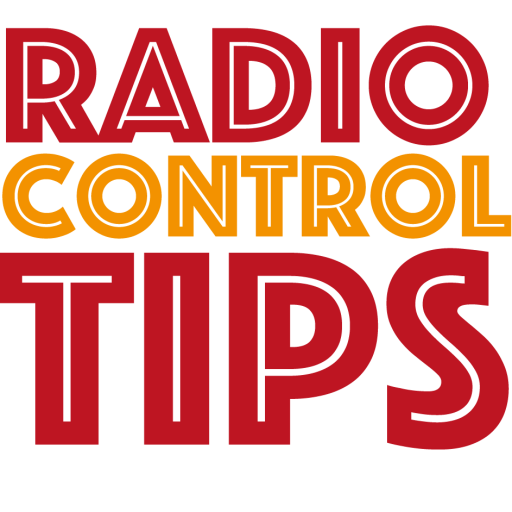To keep your RC car running smoothly with maximum range, your radio gear—specifically the transmitter and receiver antennas—needs to be in top shape and positioned correctly. A few simple tweaks can make a big difference. Let’s explore what affects range and how to fix it.
What Can Reduce Your RC Car’s Range?
Several common issues can reduce your car’s range. Here’s what to watch out for:
- Damaged or Incorrectly Sized Antennas: An antenna must be a specific length to work efficiently at its intended frequency (e.g., ~30mm for 2.4GHz systems). If it’s damaged, shortened, or lengthened during a repair, it gets detuned, slashing your range.
- Wrong Antenna Angle: Antennas perform best when aligned the same way—vertically is ideal for RC cars due to its omnidirectional signal pattern.
- Antenna Trapped Inside the Car: Coiling the receiver antenna inside the body reduces range. It needs to extend outside, typically through an antenna tube.
- Transmitter Antenna Issues: If your transmitter has a telescopic antenna, it must be fully extended. For shorter 2.4GHz types, ensure it’s unfolded and pointing vertically.
Key Tips to Boost Range
1. Maintain the Right Antenna Length
The receiver antenna’s length is critical—too long or too short, and it won’t pick up the signal efficiently. If it breaks, don’t trim it or guess the repair length. Measure the original (check your manual or online for your model’s specs, like 30-31mm for most 2.4GHz receivers) and replace or solder it back to that exact size. Trimming might seem tempting for a cleaner look, but it’ll cost you range—resist the urge!
2. Optimize Antenna Positioning
Position matters as much as length. If possible, always route the receiver antenna outside the car using an antenna tube for maximum exposure. Inside, the car’s body can block or weaken the signal. On the transmitter, keep the antenna vertical—whether it’s a telescopic model fully extended or a stubby 2.4GHz one unfolded upward.
3. Match Antenna Polarization
Antennas work best when their polarization aligns. Polarization refers to the antenna’s orientation—horizontal or vertical. For RC cars, vertical is standard because it radiates evenly in all directions on the ground. If your transmitter’s antenna is vertical but your car’s is tilted or horizontal, you’ll lose signal strength. Keep both upright for optimal performance.
Final Reminders
- Never cut your receiver antenna, even if it looks messy—it’s tuned that way for a reason.
- Double-check your setup before every run: transmitter antenna up, receiver antenna out and vertical.
With these adjustments, you’ll squeeze every bit of range out of your RC car, keeping it responsive even at a distance. Happy driving!
